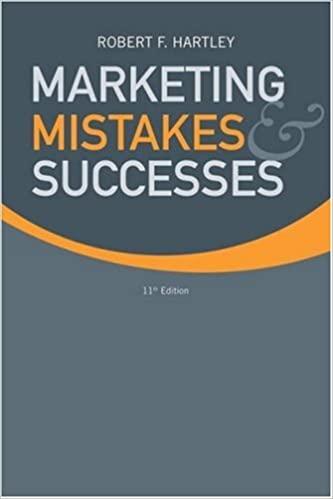What would be your conclusions for these various acceptance rates? A cost-benefit analysis is a systematic comparison
Question:
A cost-benefit analysis is a systematic comparison of the costs and benefits of a proposed action. Only if the benefits exceed the costs would we normally have a “go” decision. The usual way to make such an analysis is to assign dollar values to all costs and benefits, thus providing a common basis for comparison.
Cost-benefit analyses have been widely used by the Defense Department in evaluating alternative weapons systems. In recent years, such analyses have been sporadically applied to environmental regulation and even to workplace safety standards. As an example of the former, a cost-benefit analysis can be used to determine if it is socially worth spending X million dollars to meet a certain standard of clean air or water.
Many business decisions lend themselves to a cost-benefit analysis. It provides a systematic way of analyzing the inputs and the probable outputs of major alternatives. In the business setting some of the costs and benefits can be very quantitative; they often should be tempered by non-quantitative inputs to reach the broadest perspective. Schermerhorn suggests considering the following criteria in evaluating alternatives:
Benefits: What are the “benefits” of using the alternatives to solve a performance deficiency or take advantage of an opportunity?
Costs: What are the costs of implementing the alternatives, including direct resource investments as well as any potentially negative side effects?
Timeliness: How fast will the benefits occur and a positive impact be achieved?
Acceptability: To what extent will the alternatives be accepted and supported by those who must work with them?
Ethical soundness: How well do the alternatives meet acceptable ethical criteria in the eyes of multiple stakeholders?
What numbers would you assign to a cost-benefit analysis for Maytag Hoover’s plan to offer the free airline tickets, under an assumption of 5,000 takers? 20,000 takers, 100,000 takers? 500,000 takers? (We know that 200,000 people qualified for the free tickets, and that the final costs were expected to reach $50 million. If we assume that costs would have a straight-line relationship with number of takers, then costs for 5,000 takers would be 2-1/2 percent of $50 million, 20,000 takers would be 10 percent, and so on. Now you need to estimate the value of the benefits for the various levels of takers.)
Stakeholders
A person, group or organization that has interest or concern in an organization. Stakeholders can affect or be affected by the organization's actions, objectives and policies. Some examples of key stakeholders are creditors, directors, employees,...
Fantastic news! We've Found the answer you've been seeking!
Step by Step Answer:
Related Book For 

Question Posted:





